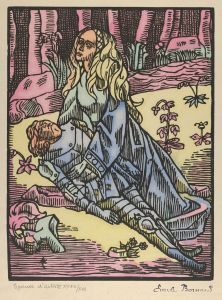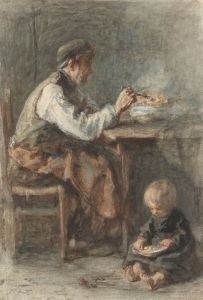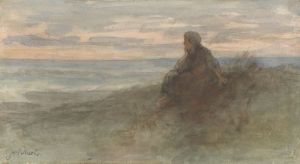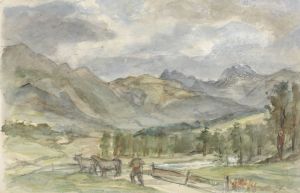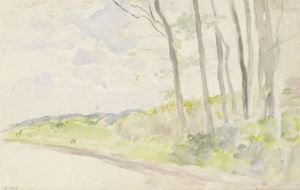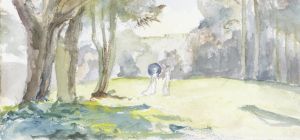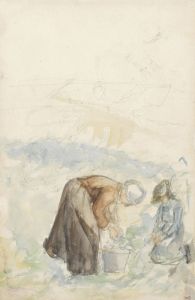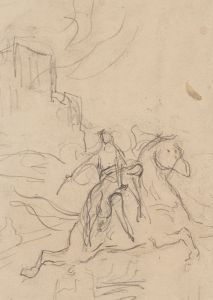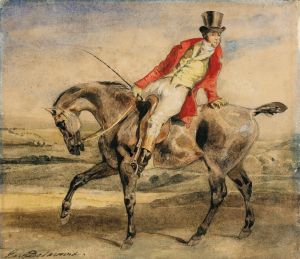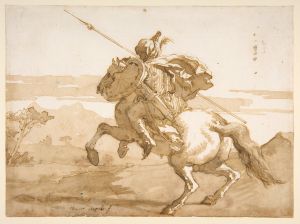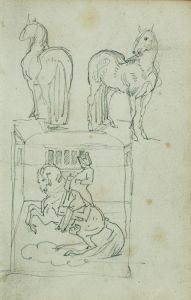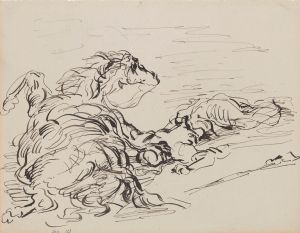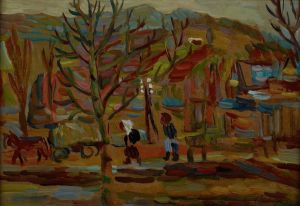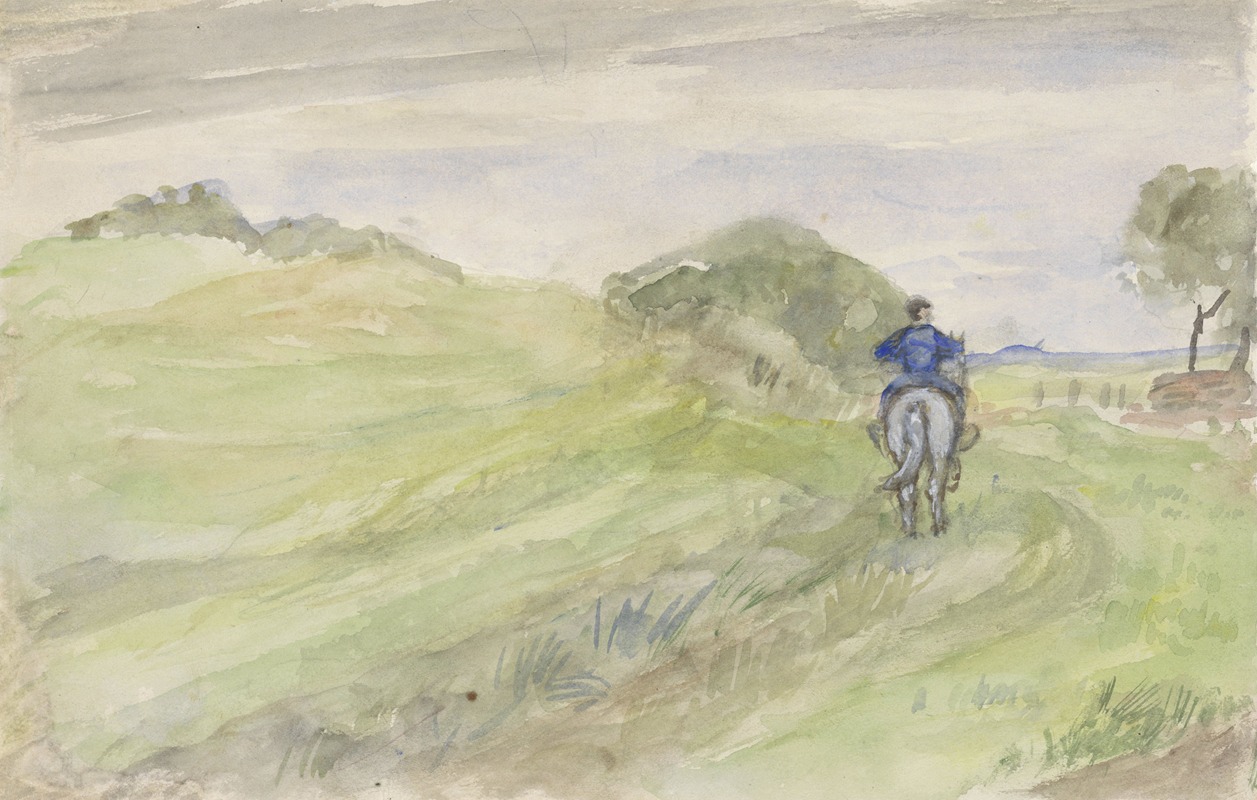
Ruiter op een landweg
A hand-painted replica of Jozef Israëls’s masterpiece Ruiter op een landweg, meticulously crafted by professional artists to capture the true essence of the original. Each piece is created with museum-quality canvas and rare mineral pigments, carefully painted by experienced artists with delicate brushstrokes and rich, layered colors to perfectly recreate the texture of the original artwork. Unlike machine-printed reproductions, this hand-painted version brings the painting to life, infused with the artist’s emotions and skill in every stroke. Whether for personal collection or home decoration, it instantly elevates the artistic atmosphere of any space.
"Ruiter op een landweg" (translated as "Rider on a Country Road") is a painting by the renowned Dutch artist Jozef Israëls, a leading figure of the Hague School. This artistic movement, active during the late 19th century, was known for its realistic portrayal of rural life and landscapes in the Netherlands, often drawing comparisons to the French Barbizon School.
Jozef Israëls, born in Groningen in 1824, was a pivotal figure in Dutch art, celebrated for his empathetic and poignant depictions of the working class and rural scenes. His works often reflect a deep sensitivity to the human condition, capturing the simplicity and struggles of everyday life. Israëls' style is characterized by a somber palette and a focus on mood and atmosphere, which are evident in "Ruiter op een landweg."
The painting itself depicts a solitary rider on horseback traveling along a quiet country road. The scene is imbued with a sense of tranquility and introspection, typical of Israëls' approach to landscape and genre painting. The composition is balanced, with the rider positioned slightly off-center, allowing the viewer's eye to wander through the landscape. The use of light and shadow in the painting creates a dynamic interplay, highlighting the textures of the road and the surrounding foliage.
Israëls' technique in "Ruiter op een landweg" showcases his mastery of capturing the subtleties of light and atmosphere. The muted color palette, dominated by earthy tones, enhances the serene and contemplative mood of the scene. This approach reflects the influence of the Hague School's emphasis on realism and naturalism, as well as Israëls' personal interest in the emotional depth of his subjects.
The painting is a testament to Israëls' ability to convey narrative through imagery. While the rider's destination is unknown, the viewer is invited to ponder the journey and the quietude of the countryside. This open-ended narrative is a hallmark of Israëls' work, allowing for personal interpretation and engagement with the artwork.
"Ruiter op een landweg" is part of Israëls' broader oeuvre that often explores themes of solitude, nature, and the passage of time. His works have been exhibited widely and are held in numerous prestigious collections, both in the Netherlands and internationally. Israëls' influence extends beyond his lifetime, as he inspired subsequent generations of artists who admired his dedication to realism and his compassionate portrayal of everyday life.
Overall, "Ruiter op een landweg" exemplifies Jozef Israëls' skill in blending technical proficiency with emotional depth, making it a significant piece within the context of 19th-century Dutch art. The painting continues to be appreciated for its aesthetic qualities and its ability to evoke a sense of peace and reflection.





